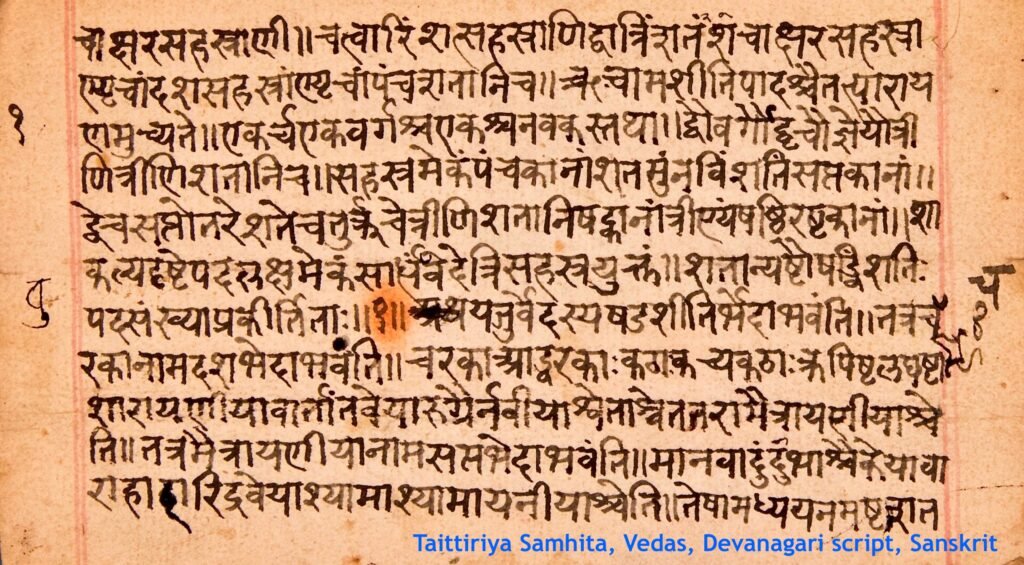What if the world’s greatest secrets were hidden not in lost cities, but in the twists and curves of ancient alphabets on the edge of extinction? Imagine entire civilizations, with their dreams and histories, balancing on the fragile ink of vanishing scripts. This is not just a story about letters and symbols—it’s about the people wrestling time itself to keep humanity’s messages alive. In today’s digital age, as languages and scripts disappear at a shocking rate, a handful of passionate individuals are fighting to decode, document, and revive these written treasures before they fade forever.
The Silent Disappearance of Written Languages
Endangered scripts aren’t just quirky alphabets; they are the blueprints of entire cultures. Every year, dozens of writing systems slip further into obscurity, often without fanfare. Some have only a handful of fluent users left, perhaps elderly scribes in remote villages. The loss of a script is more than a technicality—it’s the silencing of songs, myths, and ancient wisdom. Imagine if no one could read the Rosetta Stone or decipher Mayan glyphs; the world would be a much emptier place. With globalization and the dominance of a few major languages, these unique codes become invisible, threatening to erase the stories they once carried. The urgency to act has never been greater, as the loss is not just linguistic, but profoundly human.
What Makes a Script Endangered?
A script becomes endangered when fewer and fewer people learn to read or write it. Sometimes, this happens because the script is tied to a dying language, but even living languages can lose their original writing systems. Take the case of the Vai script in Liberia or the Lisu script in China—both teeter on the edge as younger generations switch to more dominant, global alphabets. The reasons can be as simple as government policy or as complex as cultural assimilation and shifting identities. Scripts may also vanish because they aren’t supported by modern technology, making them hard to use online or in print. When a script is no longer taught in schools or seen in public spaces, its decline accelerates, often unnoticed until it’s almost too late.
The Hidden Wisdom Locked in Scripts
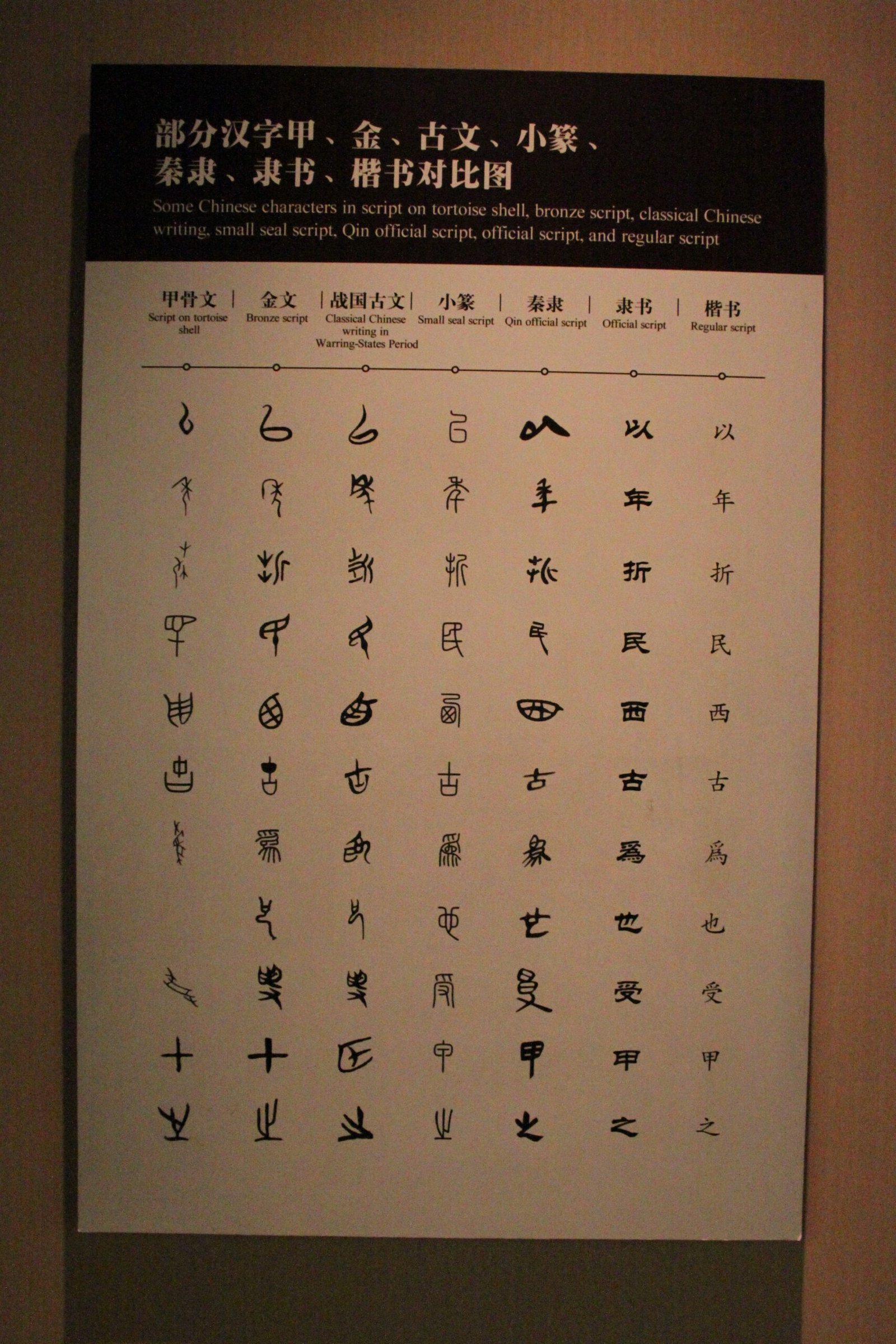
Each script encodes more than just words; it captures a unique worldview. The shapes and structures of letters often reflect the environment, beliefs, and history of the people who created them. For example, the intricate curves of the Balinese script mirror traditional woodcarving patterns, while the angular lines of the Tifinagh script echo desert landscapes. Scripts can also preserve knowledge about medicine, astronomy, and local flora and fauna, hidden in ancient manuscripts few can now read. Unlocking these scripts isn’t just an academic exercise—it’s a journey into the minds and daily lives of those who came before us. Losing them would be like tearing pages from the book of humanity.
Guardians of Forgotten Alphabets
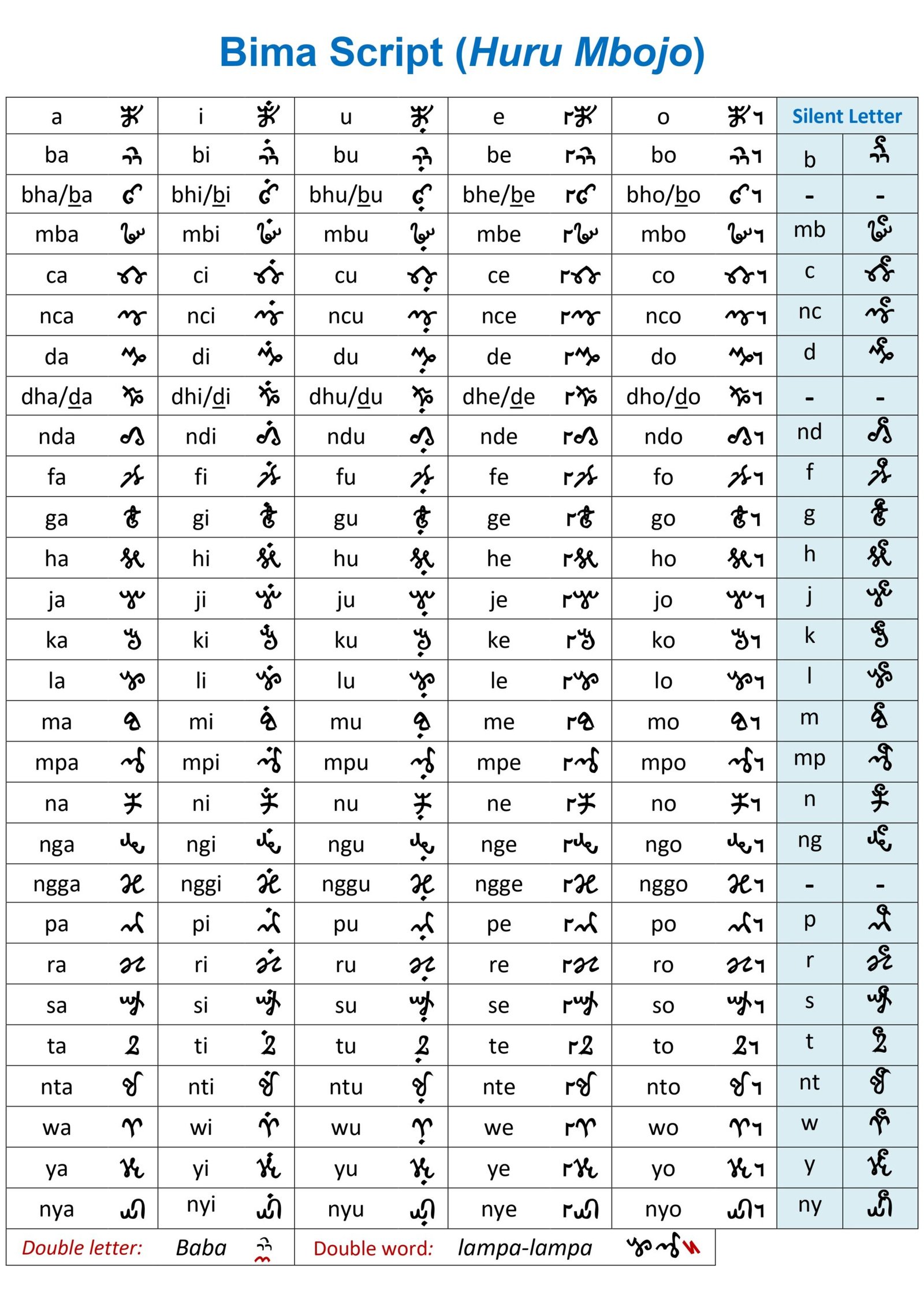
Across continents, a small but determined band of linguists, artists, and community leaders have taken it upon themselves to rescue endangered scripts. People like Tim Brookes, founder of the Endangered Alphabets Project, carve forgotten letters into wood, turning them into art to spark curiosity and pride. Others, such as Dr. Anshuman Pandey, work tirelessly to get lesser-known scripts included in the Unicode Standard, ensuring they can be used on computers and smartphones. These guardians often travel to remote villages, recording stories and gathering samples from the last remaining writers, all while battling indifference and limited funding. Their work is a race against time, but it is also an act of hope and defiance.
From Sacred Scrolls to Digital Code
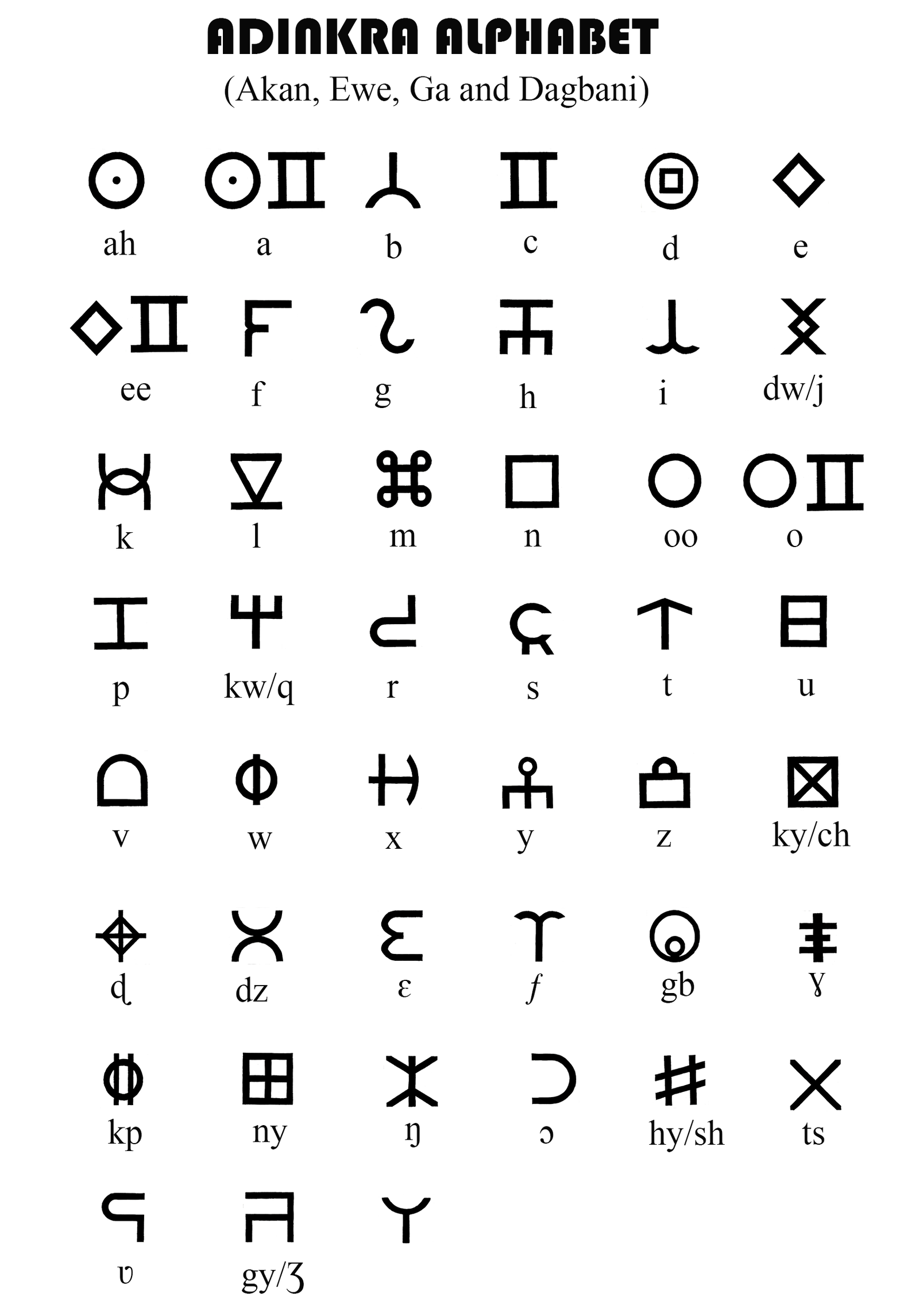
The digital revolution offers both challenges and opportunities for endangered scripts. On one hand, the global spread of Latin, Cyrillic, and a few other scripts can push others further into the shadows. On the other, technology can become a lifeline. Unicode, the universal standard for digital text, has become a battleground for script survival. Getting a script encoded means it can be typed, texted, and shared online, giving it new relevance for younger generations. It’s a painstaking process, requiring detailed proposals and technical know-how, but once a script is digitally recognized, it gains a powerful new lease on life. Fonts, keyboards, and educational apps can then help revive interest and usage.
Stories from the Edge: Real-World Rescues
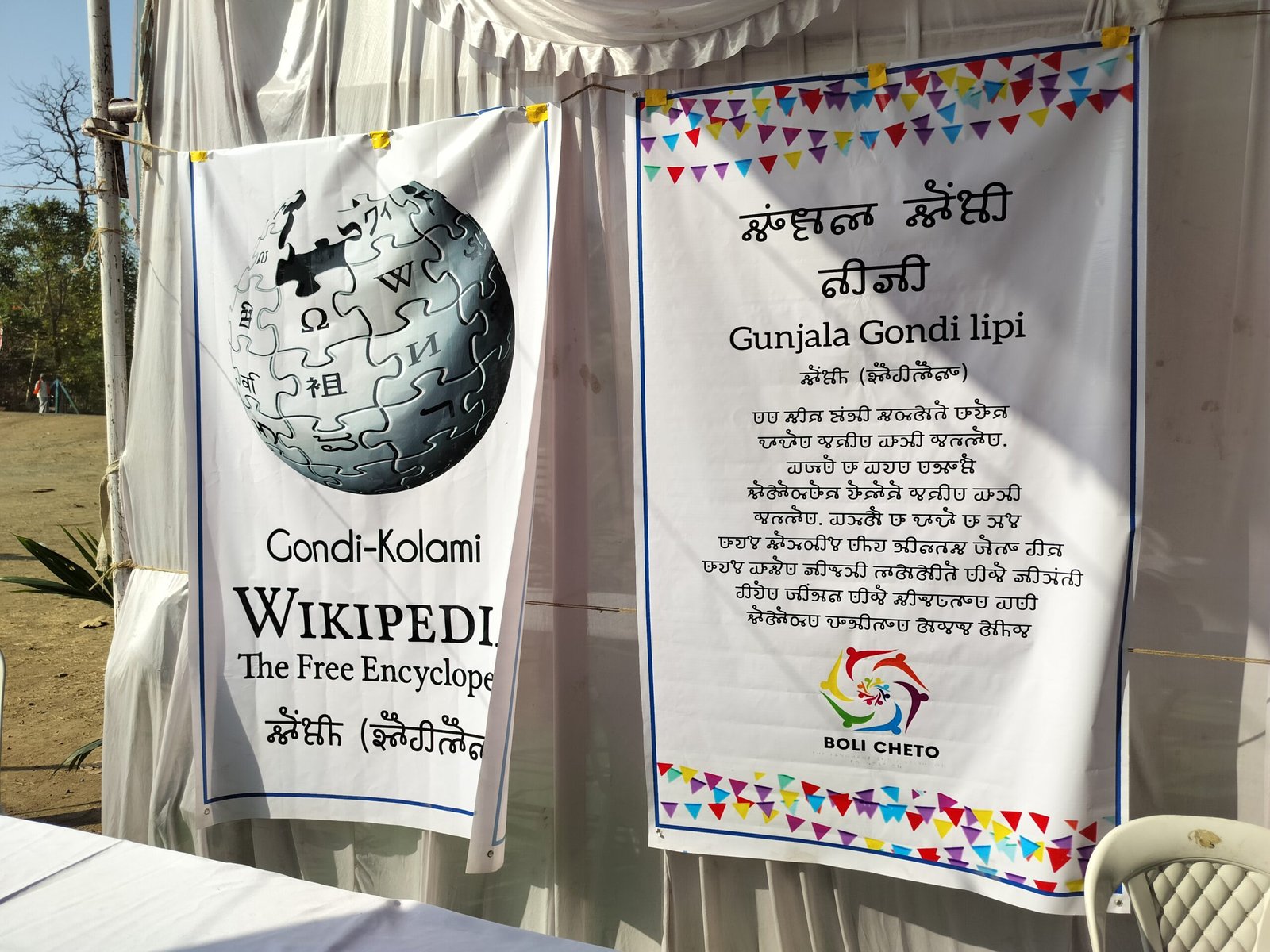
Some of the most inspiring efforts come from the communities themselves. In Myanmar, the Tai Tham script—once used for Buddhist texts—is being revived in local schools, with new textbooks and digital resources. In India, the Ol Chiki script for Santali, a tribal language, has seen a resurgence thanks to passionate teachers and activists. Even graffiti artists have begun painting endangered scripts on city walls, turning public spaces into open-air classrooms. These stories show that saving a script is not just about nostalgia; it’s about reclaiming identity and pride. When young people see their heritage written in their own script, it sparks a powerful connection to their roots.
The Science Behind Script Survival
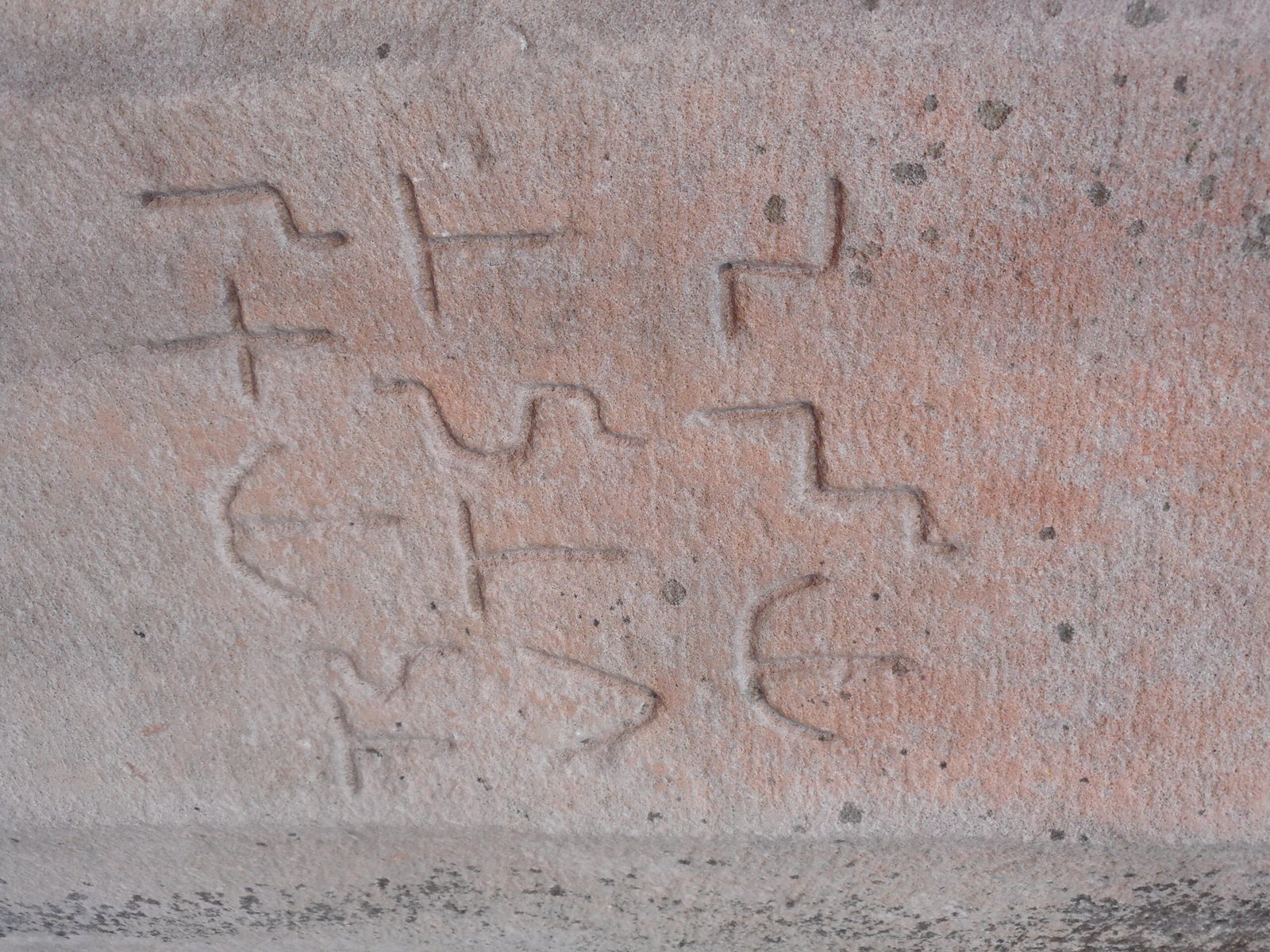
Linguists and anthropologists have uncovered patterns in how scripts survive or vanish. Scripts are more likely to thrive when linked to strong cultural institutions—like religious centers, schools, or media outlets. A script’s survival often hinges on its visibility in daily life: street signs, newspapers, or even social media hashtags. Cognitive scientists have shown that learning to read and write in one’s ancestral script can boost memory, creativity, and even emotional well-being. In some cases, reviving a script has helped heal historical wounds, giving marginalized communities a renewed sense of belonging. This scientific understanding fuels targeted efforts, showing that saving scripts is not just romantic—it’s practical and transformative.
Challenges in the Modern World
Despite the best efforts, obstacles abound. Funding for script preservation is scarce, and many governments prioritize national or global languages over minority scripts. There can also be resistance within communities, especially if a script is associated with painful colonial histories or social stigma. Technology, while offering tools for revival, can also inadvertently exclude scripts that aren’t yet digitally supported. For young people, the pressure to succeed in a globalized economy often means abandoning ancestral scripts in favor of more ‘useful’ ones. The tension between tradition and modernity is a constant balancing act, and the stakes are nothing less than cultural survival.
Revival Through Art and Creativity
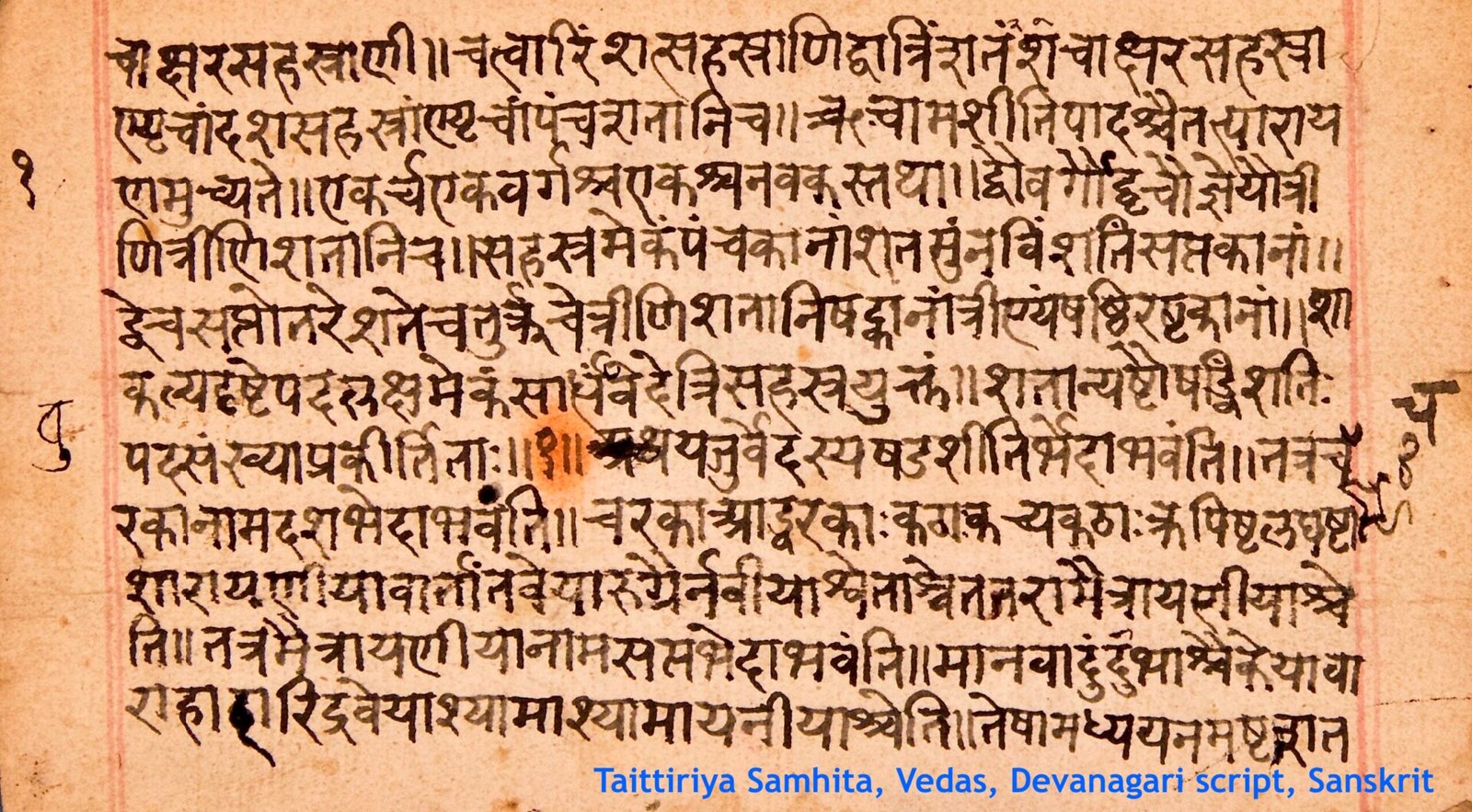
Artists, musicians, and writers have become unlikely heroes in the fight to save endangered scripts. Visual artists incorporate ancient letters into contemporary paintings and sculptures, making them both beautiful and relevant. Musicians weave script-based themes into lyrics and album art, while poets experiment with forgotten alphabets to create new literary forms. These creative acts aren’t just decorative—they’re acts of resistance and reclamation. By making endangered scripts visible and vibrant, artists invite the public to see them not as relics, but as living, evolving forms of expression. The emotional power of art can often succeed where policy and academia fall short.
Children: The Hope for Tomorrow
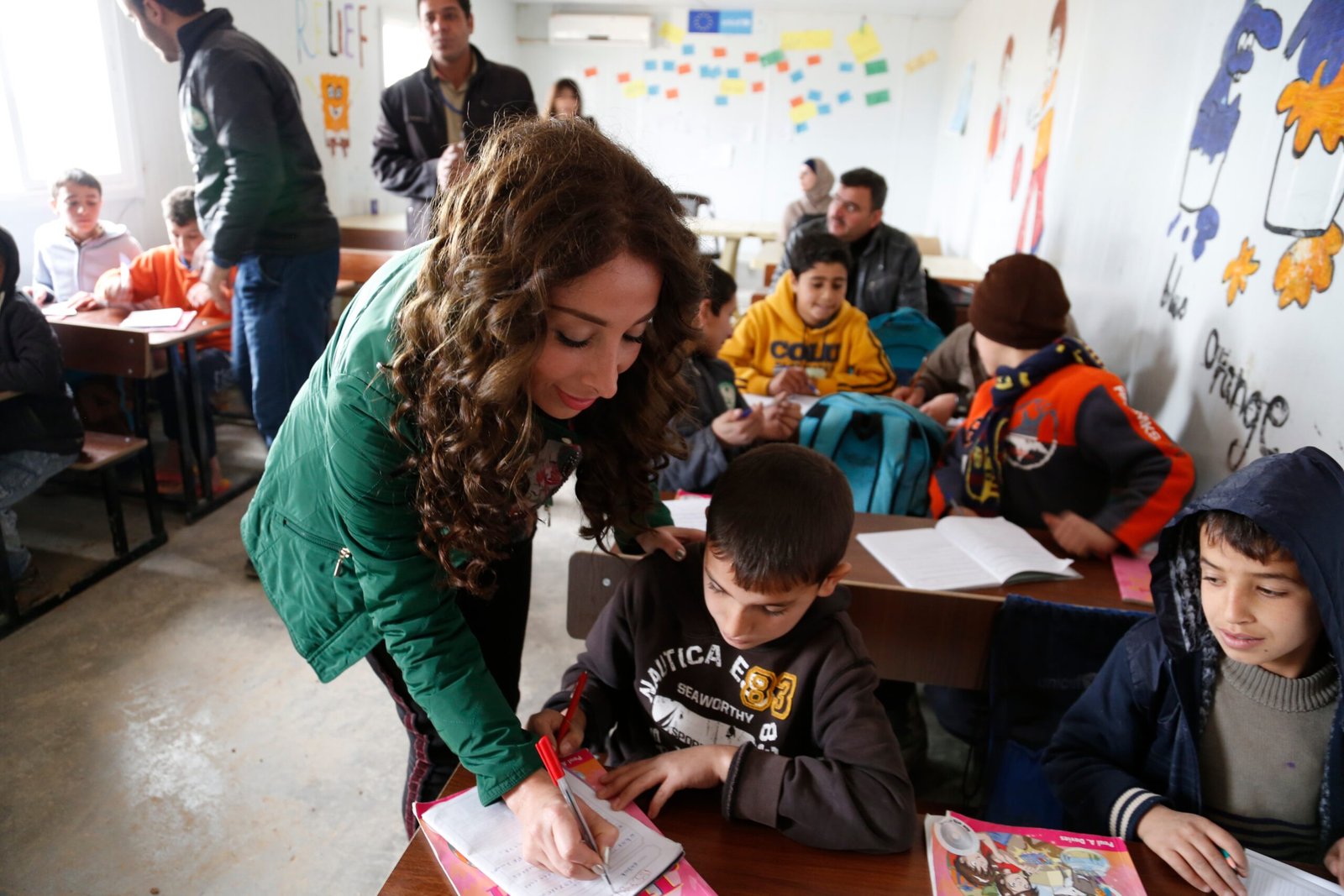
Ultimately, the future of endangered scripts rests in the hands of children. When schools teach writing in ancestral scripts alongside national or global languages, students gain a sense of dual identity and pride. Community workshops, summer camps, and after-school programs dedicated to script learning turn what might seem old-fashioned into something fun and empowering. Children become script ambassadors, teaching their friends and even their parents. The spark of curiosity, once lit, can fuel a movement, ensuring these codes are not just preserved in museums but alive in the laughter and chatter of the next generation.
Why Every Script Matters
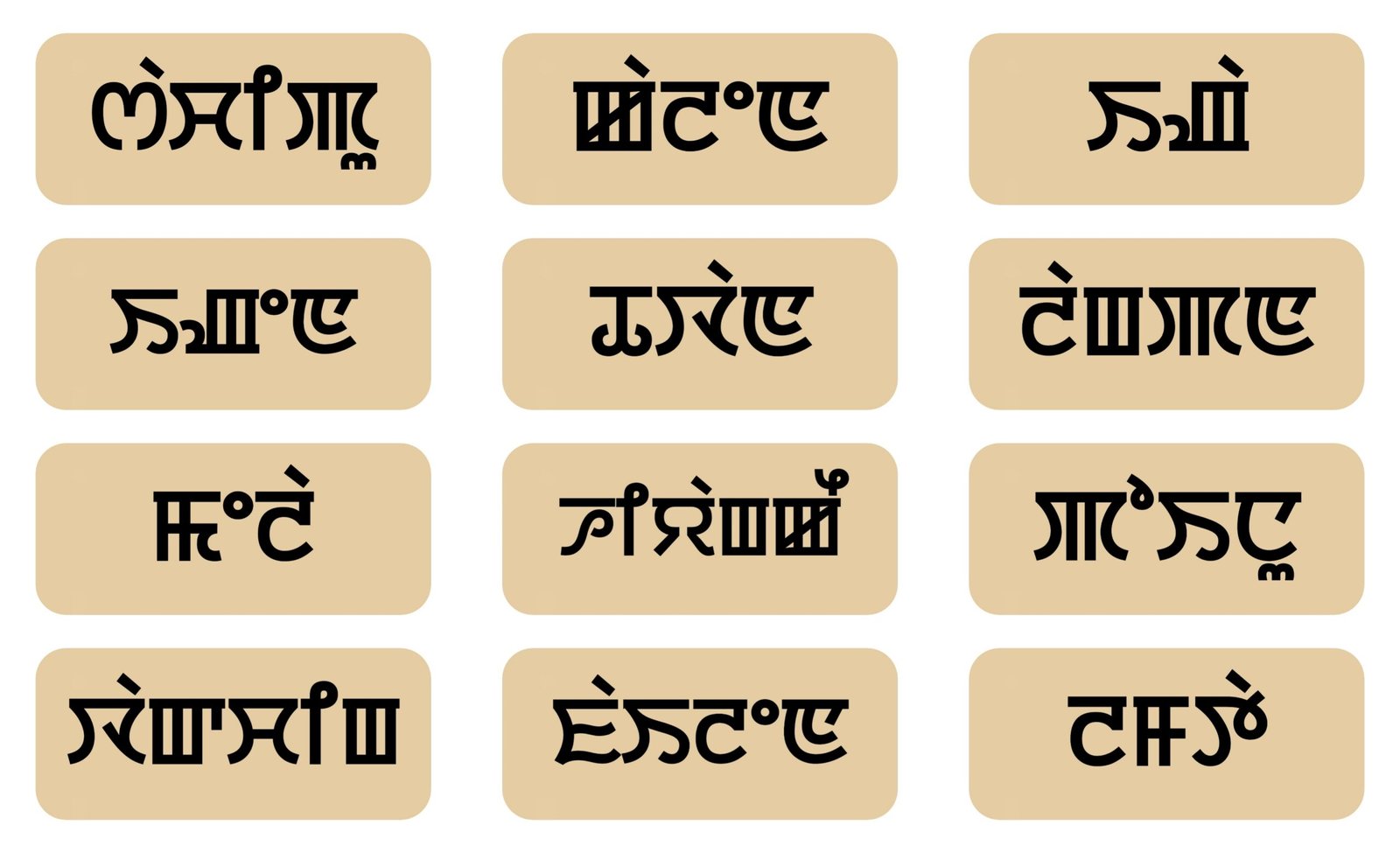
Every script, no matter how obscure, carries a unique way of seeing and describing the world. The loss of even one is a blow to human diversity, shrinking the range of thought and expression available to us all. Each rescued script is a victory not just for a single community, but for the global tapestry of culture and knowledge. The people fighting to save these codes remind us that our collective story is richer, stranger, and more beautiful than we often realize. Will we listen to their call and help preserve these fragile threads of humanity?

